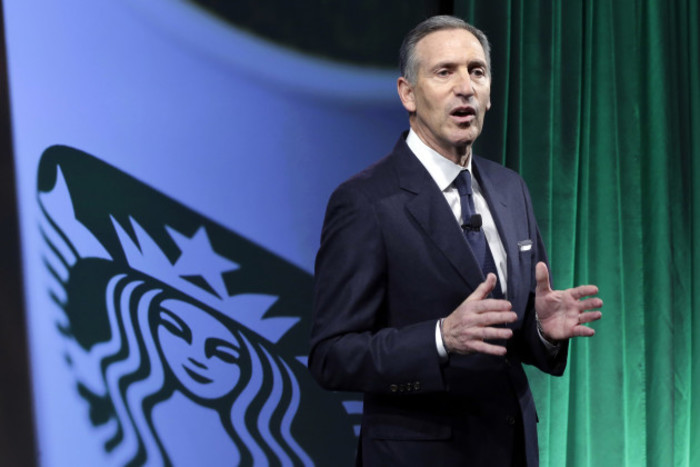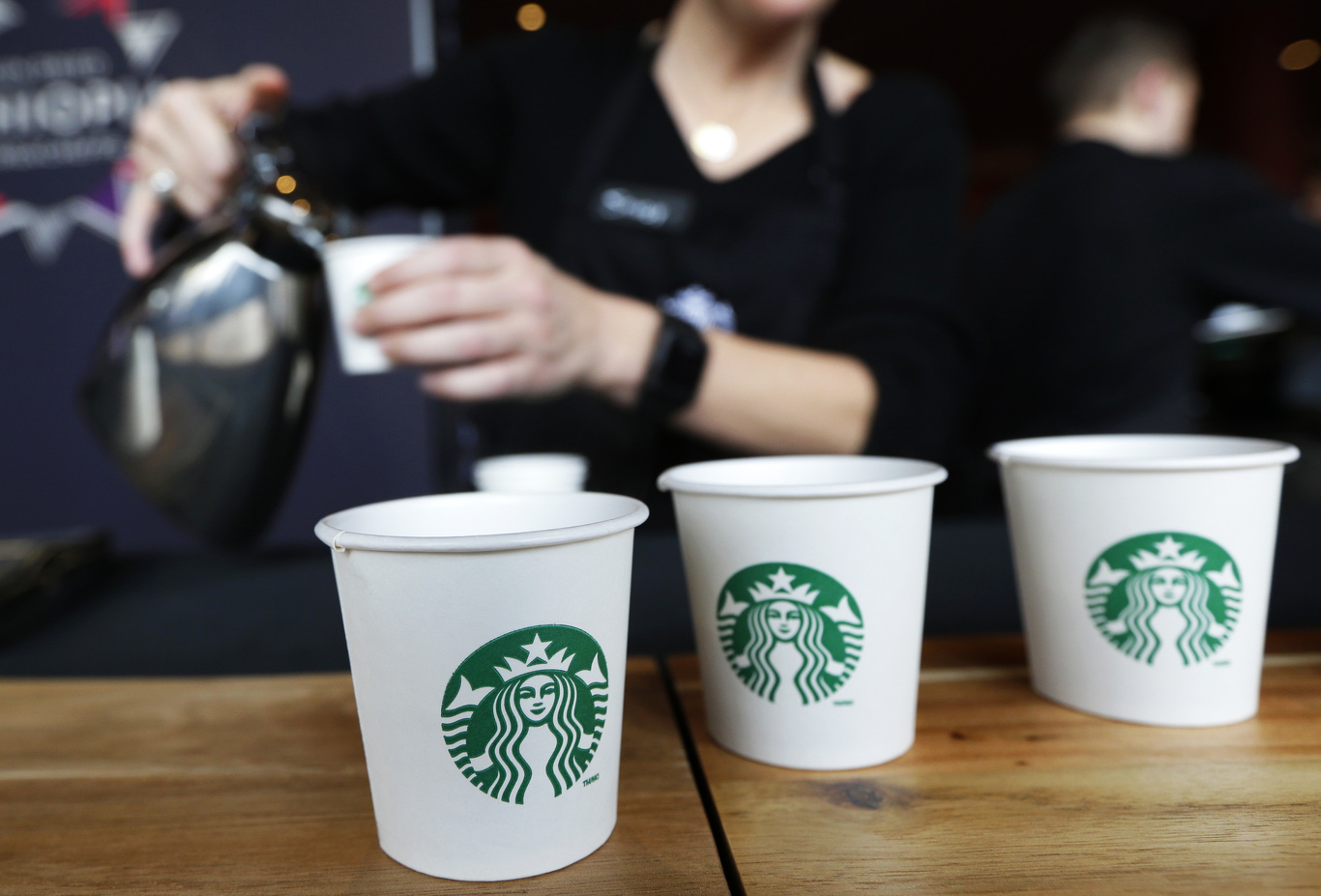Starbucks has blamed poor sales in its home market on slow baristas
A mobile ordering function at US shops has led to longer queues at pick-up counters.
COFFEE BEHEMOTH STARBUCKS has attributed poor sales growth to slow-moving baristas that can’t keep up with demand from mobile transactions.
The US chain said increased use of its mobile order-and-pay option, which is not yet available in Ireland, has caused bottlenecks at the areas where people pick up their drinks.
Mobile ordering was supposed to make getting a drink easier, but the company said “congestion” in its stores had prompted some people to leave without buying anything.
Chief executive Howard Schultz said the issue has “created anxiety” among some customers.
However, he said it was a good problem to have, and the company is working on changes to alleviate the issue.
Starbucks said about 1,200 of its US stores were getting more than 20% of their transactions from mobiles during peak hours. In total, mobile order-and-pay accounted for 7% of all US transactions, up from 3% a year ago.
 Starbucks CEO Howard Schultz
Starbucks CEO Howard Schultz
For the three months ended 1 January, the company’s US sales rose 3% – but the increase was the result of higher spending per visit, with more people tacking on items like breakfast sandwiches and other food.
Sales increased 5% in its Asia unit and declined 1% in the unit that includes Europe, the Middle East and Africa.
Total revenue for Starbucks was $5.73 billion, short of the $5.85 billion analysts expected.
For its the 2017 financial year, the company expects revenue to grow between 8% and 10%, down from its prior forecast for “double-digit” growth.
Industry shift
The results come amid broader challenges in the restaurant industry.
Schultz has for years said he expects the retail landscape will undergo a “seismic” change as people do more of their shopping online, leading to less foot fall in general for stores.
Research firm NPD Group said this month it expects the total restaurant industry’s traffic to remain “stalled” this year, as it was last year. Still, established players including McDonald’s are hungry to find ways to increase sales.
For Starbucks, the efforts have included pushing more food and snacks and offering alcohol in the evenings — though the company recently scrapped plans to bring beer and wine to thousands of American stores.
The company pointed to other positive signs, such as the growth of active loyalty programme members in the US to nearly 13 million.






